
Book Viewer
*Select the STARS, SPACE, or AGIS tab to view books for that Series.
STARS - Spatial Technology and Remote Sensing
Introduction to GIS |
Introduction to GIS |
Advanced Tools in |
Extended Tools in |
Extended Tools in |
Extended Tools in |
Extended Tools in |
Application in Geospatial |
SPACE - Spatial Project and Community Exchange
GIS in Economic Development Site selection techniques are used in business, economic development, and many other fields. This book guides you through step by step data, software tools, and strategy to find a site for a warehousing facility, applying geospatial tools and thinking. The three stages featured are: regional indicators, site suitability, and site selection. |
GIS in Homeland Security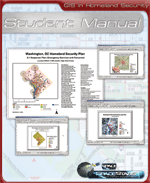 This Homeland Security in GIS course addresses the compilation, management, and analysis of the many different types of critical geographic elements in our communites. It applies to a range of GIS methods to the preparation and implementation of the five phases of Homeland Security strategic planning. |
GIS in Law Enforcement Move into the age of Intelligence Led Policing. Unlock the power of the dormant static police data warehouse!A database is only as good as the question you ask it. GIS is the tool to ask all the hard questions and get answers. Learn how to conduct strategic and tactical analysis to focus your limited resources for effective community policing. |
GIS in Mosquito Control GIS for Mosquito Control demonstrates how geospatial technology is used, specifically, in St. Tammany Parish, LA to manage mosquito populations. St. Tammany’s climate and land cover make it an ideal habitat for mosquitoes and places them at the forefront of managing these populations. Use this book to see St. Tammany uses GIS and how you can apply these practices in your community. |
aGIS - a Geospatial Industry Series
Introduction to |
aGIS in Agriculture, |
aGIS in STEM: |
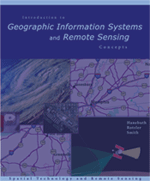

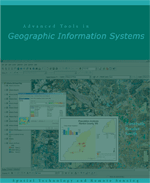
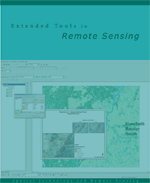
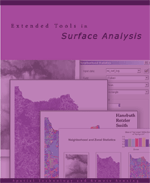
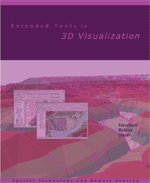
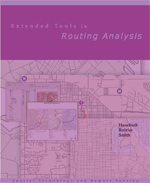
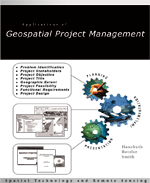
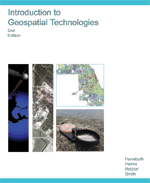
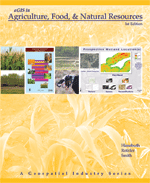
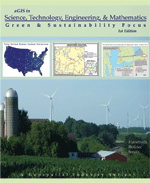
Follow Us On:
 |
Share With Others:
|
Share With Others:



